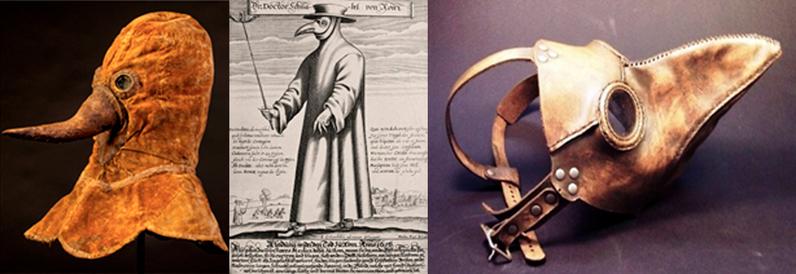19
08/2022
Ayurvedic masks in India about 5.000 years, the followers of Ayurveda (Sanskrit "The Science of Life") began manufacturing the facial and body masks called "Ubtan", which historians consider one of the first cosmetic products in the world in the world.The composition of the UBTAN masks varied according to the season, but its base has always included fresh herbs, plants such as aloe vera and turmeric as well as various types of flowers.
According to Indian citizens, these masks not only improve the skin tone, but they helped maintain health.Soon, women in this country began using them before religious rituals and ceremonies such as Diwali and Khaldi.Today, Ayurveda's principles have not changed much, and women continue to use the same ingredients in their masks.
Cosmetics in ancient Egypt and the beauty routine of Cleopatralos Egyptians also took care of their skin.Obsessed with their appearance, they made clay masks, and later, milk and honey.Cleopatra was one of the first women who introduced these beauty routines.The queen, known for her exfoliating bathrooms with donkey milk, a mud mud mask was applied twice a week to clean her skin and keep it radiant.
Personal care in the Middle Ages later, facial care routines began to become popular in the west and in Europe.Seeing medieval paintings, it is evident that all women tried to preserve porcelain skin.Sometimes, they resorted to hazardous methods to clarify their skin (for example, bloods were applied to the face or made masks with veal and hare blood).

This obsession has not disappeared in the Renaissance.Porcelain skin fash.Women also used white and mercury lead (which are very dangerous toxins) mixed with honey and olive oil.
for me us usually Example of How to Use Sub Library.CO/Tyojns5kua
— David Furlong Sun Jan 31 17:34:10 +0000 2021
Modern cosmetics appeared in the XVII-XVIII centuries, when the masks became common for Europeans.Together with a variety of perfumes and makeup, Queen Maria Antoinette of France started the tendency for skin care: she mixed egg whites with several solvents (even brandy) to prepare the masks.The queen thought that healthy skin is equally important as a luxurious makeup.
Cosmetic achievements of the nineteenth century the nineteenth century, the market had changed completely due to the appearance of department stores.Cosmetic products and accessories were delivered from Europe to America.One of those inventions of the dressmaker Madame Helen Rowley changed the entire beauty industry.In an Ohio house, Rowley created his famous "bath mask", also known as "facial glove", patented in 1875.The mask had to clean the pores and clarify the skin tone.But in reality, this product was made of rubber, which only increased sweating in women.Soon the masks were removed from the market due to the high risk of suffocation.
Personal care in the twentieth century, however, many analogues of the revolutionary Rowley mask appeared in the twentieth century.At that time the search for safe and effective cosmetics for skin care began.Little by little, makeup became accessible not only for the privileged sectors of society and certain groups of citizens.People stopped associating cosmetics with actresses and prostitutes (at that time, there was not much difference between these professions).The American businesswomen of Polish origin Helena Rubinstein and Elisabeth Arden opened the popular boutiques in New York that proclaimed skin care as a way of life.Many beauty salons began to emerge that offered a wide variety of facial treatments.
Modern remedies in 2010, when the Boom of Korean cosmetics began, facial masks became a best-seller.Today, serum -impregnated products, fine and easy to apply, they can be used not only at home, but also on the fly (for example, on the plane or in a traffic jam).

- 563
- Can I send a facial mask by sea?
Related Articles
How to remove blackheads from the nose - Tips and tricks
04/02/2022Rating: 4.6 (20 votes)3 commentsBy Marta Vicente. Updated: September 10, 2021 Blackheads are very common in some areas of the face, such as the nose, since it is in these places where...
5 tourism innovations born in the pandemic that have come to stay
01/02/2022In the 20 months since the start of the COVID-19 pandemic, technological innovations have gone from futuristic to familiar. Nowadays it has become habitual in our day to day...
Get all the information you need for Miami Ultra Music Festival 2018 Get all the information you need for Miami Ultra Music Festival 2018
31/01/2022Are you ready for Ultra Miami next week? If so, it doesn't hurt to maximize your experience with this essential information.Ultra Music Festival is preparing to open its doors next...
47 Best Mustache Stain Cream in 2022 [Based on 642 Reviews]
25/02/2022Rosario Jaramillo The key to buying the right mustache stain cream is to make sure the one you're buying meets all of your needs. However, with so many options available...